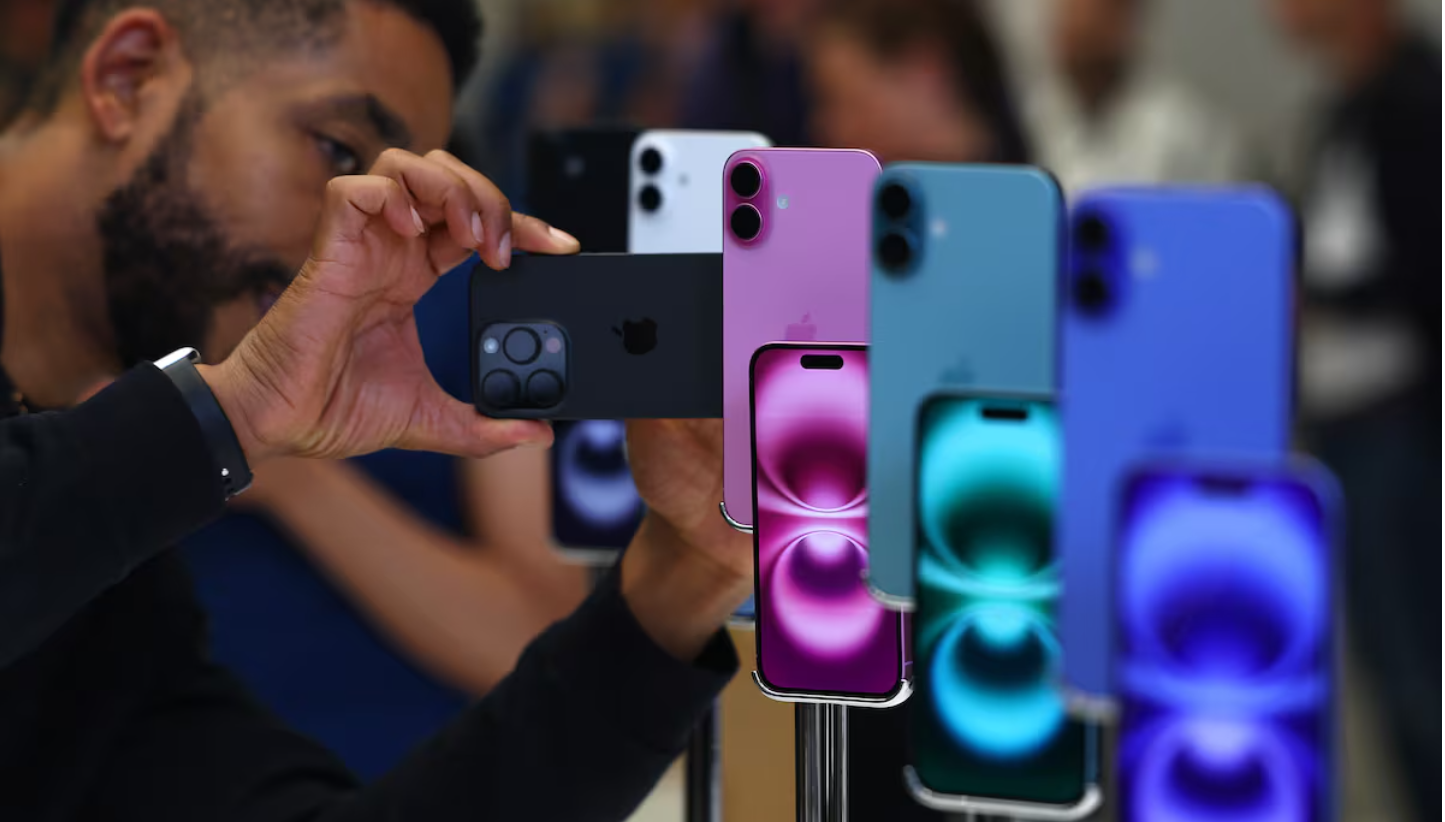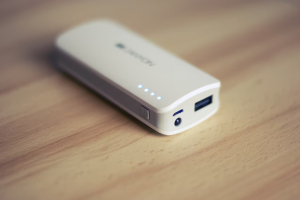
The phone stands out for its powerful processor, two new buttons and improved audio in videos, but is disappointing due to the absence of its long-awaited artificial intelligence system in the European Union.
The iPhone 16 is more like its older siblings than its predecessor. It features two additional physical buttons, a much more powerful processor, and a very interesting feature that lets you modify the audio in videos. Unlike last year — when the iPhone 15 had a processor that was a generation older than the iPhone 15 Pro — the base model of Apple’s high-end range now looks more like the Pro models than ever.
This terminal, which starts at 959 euros, has some limitations, however. It lacks a significant improvement in its wide-angle camera and leaves users wanting to try Apple’s long-awaited generative artificial intelligence system , which will not arrive in the European Union until at least 2025. EL PAÍS has carried out an intensive test of the terminal, which aims to become Apple’s best mobile phone in terms of quality-price. These are its pros and cons.
The best
Long-term power
The iPhone 16 is powered by a processor, the A18, that skips two generations compared to the 2023 model. Any task on this device happens quickly, efficiently and fluidly: from browsing the Internet to answering emails, playing games, streaming or editing videos. Apple has prepared this powerful processor for the future functions of Apple Intelligence , Apple’s artificial intelligence system that is launching this October in the US, but will not reach the European Union until at least 2025.
A customizable action button
In terms of its external appearance, this phone increasingly shares features with the Pro models. In fact, it incorporates the action button that last year was exclusive to the iPhone 15 Pro and replaces the silent toggle. It is located above the volume buttons and can be used to silence the phone, activate the flashlight or open a specific application such as the camera, recorder or notes. It is an important step forward that Apple has given versatility to this button. Although, for many users, it may not solve a specific problem and they simply use it to activate silent mode, others will take advantage of the shortcuts to open their most used applications without having to search for them between screens.
A bolder color palette
The iPhone 16 has the same dimensions as the iPhone 15 and weighs 170 grams, compared to the 171 of its predecessor. It is perfect for those who prefer to hold the phone with one hand. Although it maintains a continuous design, now the two cameras are placed vertically in the rear module to capture spatial video. But if there is something that at first glance draws attention to these iPhones, it is that they have more attractive colors. Compared to the more muted and elegant colors of the Pro models, and the light and pastel tones of the iPhone 15, the iPhone 16 is available in the most vibrant pink, teal, and ultramarine blue, as well as the classic black and white.
Goodbye to background noise in videos
One of the most impressive new features of the new iPhones is audio mixing. This feature allows you to modify the audio of a video between three different modes: on-screen, studio and cinema. The first mode focuses on what appears on the screen and lowers any other sound; the second offers a studio touch, and the third attempts to recreate a cinematic atmosphere. In tests carried out by EL PAÍS, it has been possible to almost completely eliminate the noise of a vacuum cleaner or the wind in the background, as well as giving prominence to a person’s voice. Although the results are spectacular, the voice can become distorted if a very pronounced effect is applied.
Worst
A camera control that does not quite convince
The terminal also debuts the camera control. This button is located at the bottom of the right side. It allows you to take photos with a press or record video by holding it down. In addition, it has different functions depending on how hard you press it or if you drag your finger over it: from zooming to changing photographic styles or activating portrait mode. This camera control is very precise in recognizing the user’s gestures. But it suffers from the same problem as the iPhone 16 Pro Max: it is not entirely comfortable, especially for taking vertical photos, and it does not seem to solve any major problems.
The wide angle falls short
The iPhone 16 has a 48-megapixel main camera and a 12-megapixel wide-angle lens that can now take macro shots — previously this feature was reserved only for the Pro models. Photos from the main sensor are realistic, sharp, and have a good dynamic range, both day and night. The same cannot be said for the wide-angle lens. In general, it does its job in daylight and in bright conditions. The results from macro mode are also good. But this lens has a lot of room for improvement at night and in low light. In this case, a higher level of detail is missing, especially in the corners and shadows, which come out very blurred.
A refresh rate that is difficult to justify
The iPhone 16’s OLED display remains at 6.1 inches and can reach up to 2,000 nits of brightness. In everyday use, this translates into very intense colors and adequate contrast, both indoors and outdoors on sunny days. However, there is still room for improvement. The refresh rate remains at 60 hertz, instead of reaching the 120 that other competing phones have been reaching for years. The higher the refresh rate, the smoother the movements and transitions between screens feel. This does not mean that the phone slows down or the experience is negative. In fact, some users may not even notice the difference. Still, it seems difficult to justify not bringing 120 hertz to a phone that exceeds 1,000 euros as soon as you choose a storage capacity greater than the 128 gigabytes starting from scratch.
Where is generative AI?
Mobile phones like Google’s Pixel attract attention year after year for their artificial intelligence innovations . Apple has had a hard time entering this field and still has a long way to go. Last June, the technology multinational announced that it would bring generative AI to the most modern iPhone models with the aim of speeding up everyday tasks. The announcement left a bittersweet feeling: the Apple Intelligence system would only be for the iPhone 15 Pro and higher; and, to start with, it would only be available in English . The news was even worse for residents of the European Union, who will have to wait at least until 2025. In that year it will be available in Spanish, but it is not clear if its arrival in Spain will be delayed even further due to Apple’s need to adapt these developments to the European community regulations of the Digital Markets Act (DMA).





